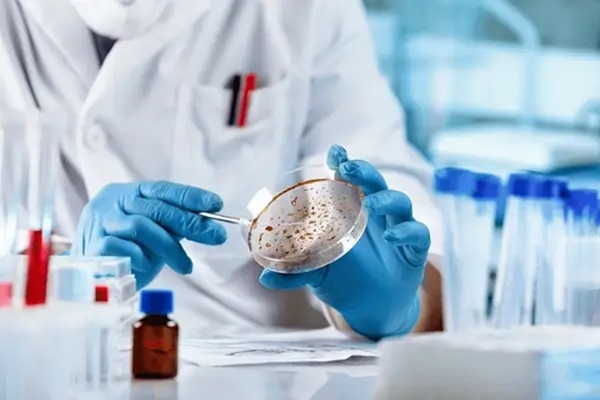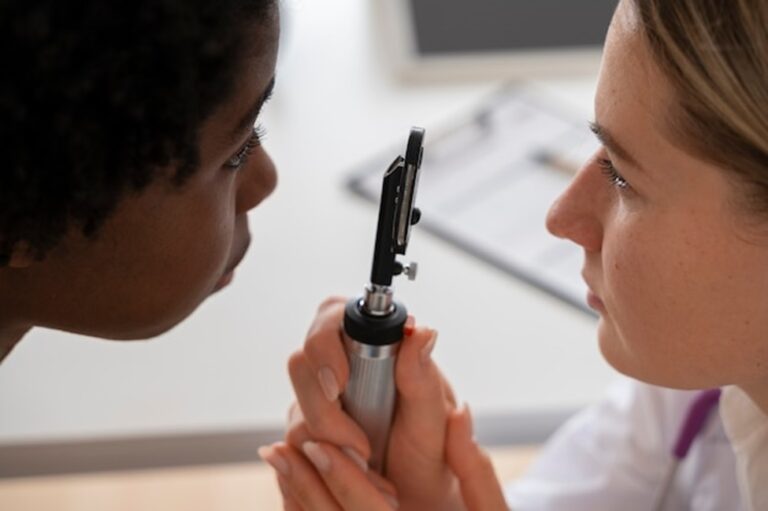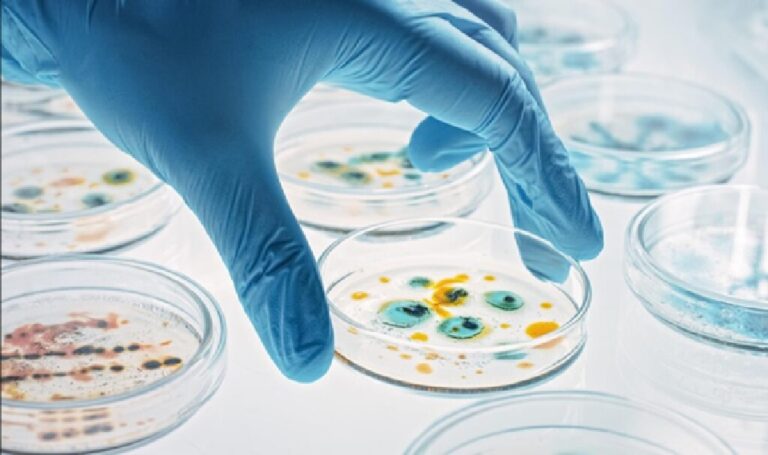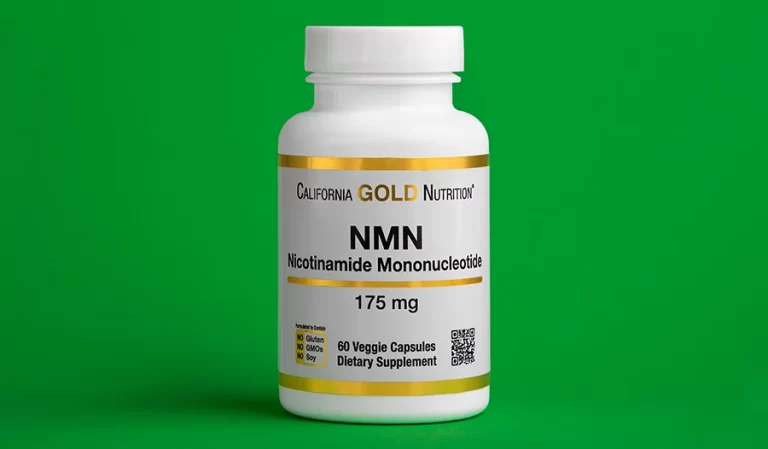Microbiology testing involves the detection, identification, and analysis of microorganisms such as bacteria, viruses, fungi, and protozoa. These tests are crucial across multiple industries, ensuring product safety, public health, and environmental protection. In the food industry, microbiology testing helps prevent the spread of foodborne pathogens, safeguarding consumers and maintaining compliance with regulatory standards. In healthcare settings, these tests support the accurate diagnosis and treatment of infectious diseases. Environmental microbiology testing plays a key role in monitoring water quality, assessing soil health, and detecting airborne contaminants, contributing to ecosystem preservation. Additionally, industries such as pharmaceuticals and cosmetics rely on microbiology testing to verify sterility and enhance product quality. Overall, this testing is essential for identifying potential pathogens, ensuring sterility, validating sterilization processes, and maintaining the safety and integrity of various products and environments.
The Scope and Methods of Microbiology Testing
Microbiology testing plays a vital role across various industries, ensuring safety, quality, and compliance. Its applications extend to multiple sectors, each relying on specialized methods to address unique challenges and meet regulatory standards.
Applications of Microbiology Testing
- Food Safety: Ensures that food products are free from harmful microorganisms like Salmonella, Listeria, and E. coli, which can lead to severe foodborne illnesses. Microbiology testing in the food sector includes routine pathogen detection, spoilage organism monitoring, and the evaluation of hygienic conditions during production and packaging. It is vital for meeting regulatory standards and maintaining consumer trust.
- Healthcare and Clinical Diagnostics: Aids in identifying infections and determining appropriate treatment strategies. This includes analyzing blood, wound, and respiratory samples to detect bacterial, viral, or fungal infections. Advanced techniques help guide treatment decisions and mitigate antimicrobial resistance.
- Environmental Monitoring: Evaluates microbial contamination in water, air, and soil to ensure safe drinking water, maintain air quality, and support agricultural productivity. Testing methods include identifying bacteria in water sources, measuring airborne microorganisms, and assessing soil microbial diversity.
- Industrial Applications: Ensures the sterility of pharmaceutical products, cosmetics, and medical devices by detecting potential contaminants. Methods include sterility assessments, endotoxin analysis, and microbial limits testing to maintain product integrity and meet regulatory requirements.
Microbiology Testing Methods
Traditional Culture-Based Techniques
Culture-based methods involve growing microorganisms on nutrient media for identification and quantification. These techniques allow for the observation of microbial characteristics, enabling accurate species identification.
- Agar-Based Isolation: Used for identifying and counting microbial colonies.
- Broth Cultures: Effective for detecting microorganisms in liquid samples.
- Differential Staining: Helps distinguish between different types of microorganisms based on cell structure.
While highly accurate, these techniques require time for microorganisms to grow and specialized expertise to analyze results, making them labor-intensive.
Rapid Microbiology Testing
Advanced methods have transformed microbial detection by providing faster and more sensitive results. These techniques allow industries to quickly identify contaminants, improving efficiency and decision-making.
- Genetic-Based Detection: Identifies microbial DNA or RNA with high precision.
- Antibody-Based Assays: Detects specific microbial markers.
- Lateral Flow Testing: Provides quick qualitative results for detecting contamination in food and clinical samples.
These methods offer speed and sensitivity but often require specialized equipment and trained personnel.
Advancements in Microbiology Testing
- Next-Generation Sequencing: Provides comprehensive microbial community analysis, enhancing environmental and clinical research.
- Microfluidic Technology: Allows high-throughput microbial testing with minimal sample use.
- Mass Spectrometry Techniques: Identifies microorganisms based on protein profiles, improving identification accuracy.
With continuous advancements, microbiology testing is becoming faster, more accurate, and more efficient across industries, ensuring better safety and compliance standards.
Key Sectors Utilizing Microbiology Testing

Food & Beverage
Microbiology testing plays a crucial role in maintaining food safety, ensuring compliance with regulations, and protecting consumers from foodborne illnesses. Common tests include:
- Pathogen Detection: Identifies harmful microorganisms that can pose serious health risks. Testing helps confirm that food products are free from contamination and meet safety standards. Various techniques, including molecular and culture-based methods, are used for accurate and efficient detection.
- Shelf-Life Studies: Evaluate how long a food product remains safe and maintains its intended quality under specified storage conditions. These studies assist manufacturers in optimizing storage and packaging to enhance product longevity and consumer satisfaction.
- Spoilage Organism Identification: Focuses on detecting and analyzing microorganisms that contribute to food deterioration. This includes identifying bacteria, yeasts, and molds that can impact texture, color, taste, and overall product quality.
Pharmaceuticals & Biotechnology
Microbiological testing ensures the sterility of pharmaceutical products and compliance with industry regulations. Key applications include:
- Endotoxin Testing: Detects toxic substances produced by certain bacteria, which can cause severe immune responses. This testing is crucial for injectable pharmaceuticals and medical devices to prevent adverse health effects.
- Bioburden Testing: Measures the total number of viable microorganisms present on a product or within a sample. It serves as an essential quality control measure to ensure microbial contamination remains within acceptable limits.
- Mycoplasma Detection: Identifies a specific group of bacteria that lack cell walls and can contaminate biopharmaceutical products and cell cultures. Preventing mycoplasma contamination is essential for maintaining the integrity of biological products.
Environmental Monitoring
Microbiology testing is essential for monitoring water, air, and soil quality to safeguard public health and the environment. Common tests include:
- Water Quality Assessment: Determines the presence of indicator bacteria to evaluate the safety of drinking water and recreational water sources. Detection methods involve filtration, culture techniques, and molecular assays.
- Soil Microbial Analysis: Examines microbial populations in soil to assess fertility, ecological balance, and agricultural productivity. Advanced sequencing and molecular approaches provide insight into microbial diversity and function.
- Airborne Pathogen Detection: Identifies harmful microorganisms in the air, especially in healthcare and controlled environments, to mitigate infection risks. Air sampling techniques and molecular diagnostics help monitor contamination levels.
Healthcare Applications
Microbiology testing supports disease diagnosis, infection control, and antimicrobial resistance monitoring in healthcare settings. Examples include:
- Blood Culture Analysis: Detects bacteria or fungi in the bloodstream to diagnose infections and guide treatment strategies.
- Antibiotic Susceptibility Testing: Determines the effectiveness of antibiotics against bacterial infections, helping to combat antimicrobial resistance and ensure appropriate treatment.
- Detection of Healthcare-Associated Infections: Identifies infections acquired in medical facilities, aiding in infection prevention and patient safety efforts.
Regulatory and Compliance Considerations
Global Standards and Guidelines
Microbiology testing must adhere to stringent regulatory requirements to ensure accuracy and reliability. Key regulatory frameworks include:
- Food and Drug Regulations: Establish safety and quality standards for food, pharmaceuticals, and medical products.
- Environmental Protection Policies: Set guidelines for monitoring water, air, and soil to maintain environmental safety.
- Laboratory Accreditation Standards: Ensure testing laboratories meet competency requirements through strict validation and quality control procedures.
Documentation and Validation
Proper documentation and validation of microbiological methods are essential for ensuring reproducibility and compliance. Best practices include:
- Maintaining detailed standard operating procedures (SOPs).
- Conducting regular audits to verify compliance.
- Implementing method validation and verification protocols to confirm test reliability.
Quality Control and Risk Management
Best Practices for Reliable Results
To maintain accuracy and consistency in microbiology testing, laboratories must implement strict quality control measures:
- Proper Sample Handling: Ensuring correct collection, storage, and transportation methods to prevent contamination and preserve sample integrity.
- Use of Reference Standards: Utilizing certified materials to verify the accuracy and consistency of test results.
- Equipment Calibration: Regularly calibrating laboratory instruments to maintain precision and reliability.
Common Challenges and Solutions
- Contamination: Maintaining sterile work environments, using aseptic techniques, and implementing rigorous cleaning protocols help prevent contamination.
- Incorrect Storage Conditions: Proper storage of samples and reagents at recommended temperatures ensures test validity.
- Human Error: Regular staff training and adherence to standard procedures reduce the risk of errors and inconsistencies.
Future Trends in Microbiology Testing
Advancements in Automation and Data Analysis
The integration of automation and data-driven technologies is revolutionizing microbiology testing. Automated systems improve efficiency, minimize human error, and enhance processing speeds. Artificial intelligence (AI) and predictive analytics contribute to faster and more accurate data interpretation, supporting early detection and response strategies.
Growing Demand and Emerging Threats
The increasing globalization of trade and environmental changes contribute to the spread of new and resistant microorganisms. The demand for advanced microbiology testing methods continues to rise as industries seek faster, more precise, and scalable solutions to address emerging microbial threats and ensure public safety.












